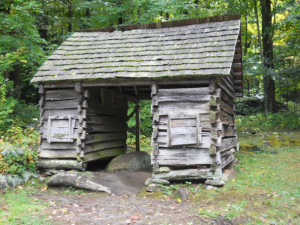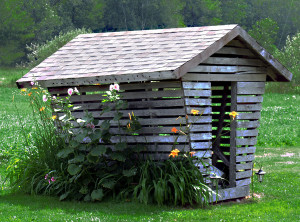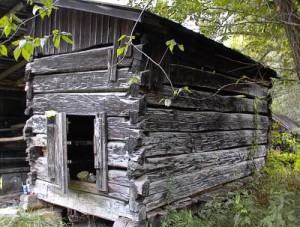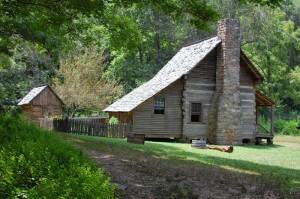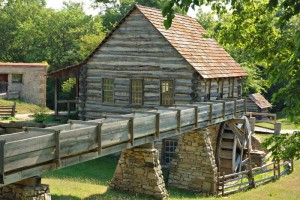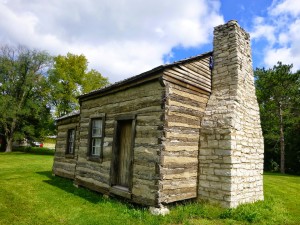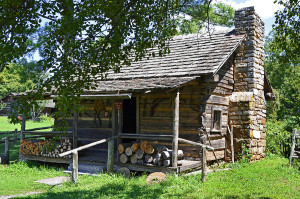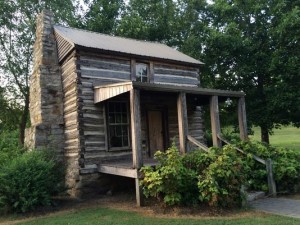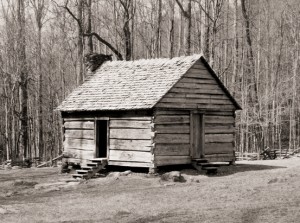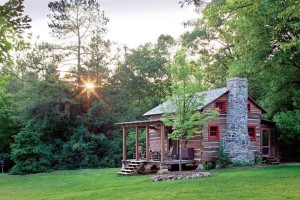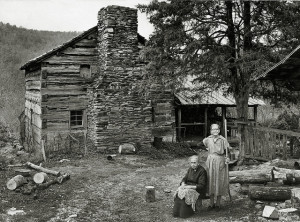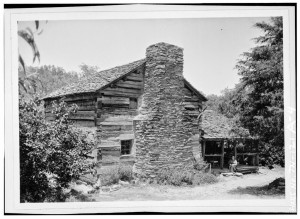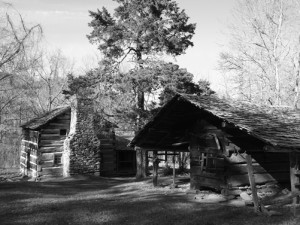Start small, think small… consider a corn crib
Noah Bradley2019-06-29T10:44:01+00:00Above is the corn crib of Ephrain Bales.
I want one just like it!
And below is Bob Johnson’s corn crib…
One more…
What is it about corn cribs that makes them so endearing?
A structure like this would look great in anyone’s back yard,would be handy to have, inexpensive to build, and would give anyone who built one the skills and confidence to build their own log home.
Originally posted 2015-10-31 14:49:54.

